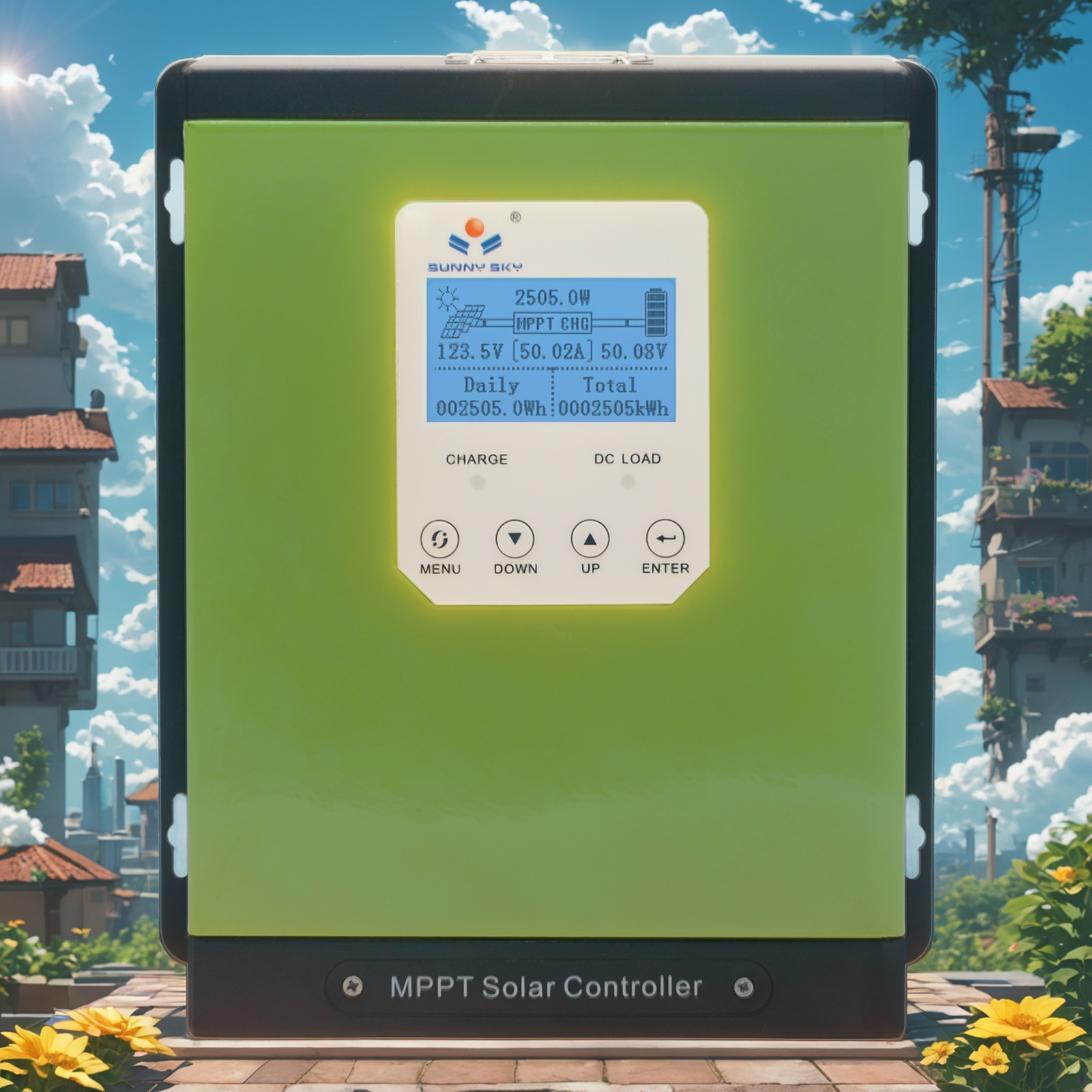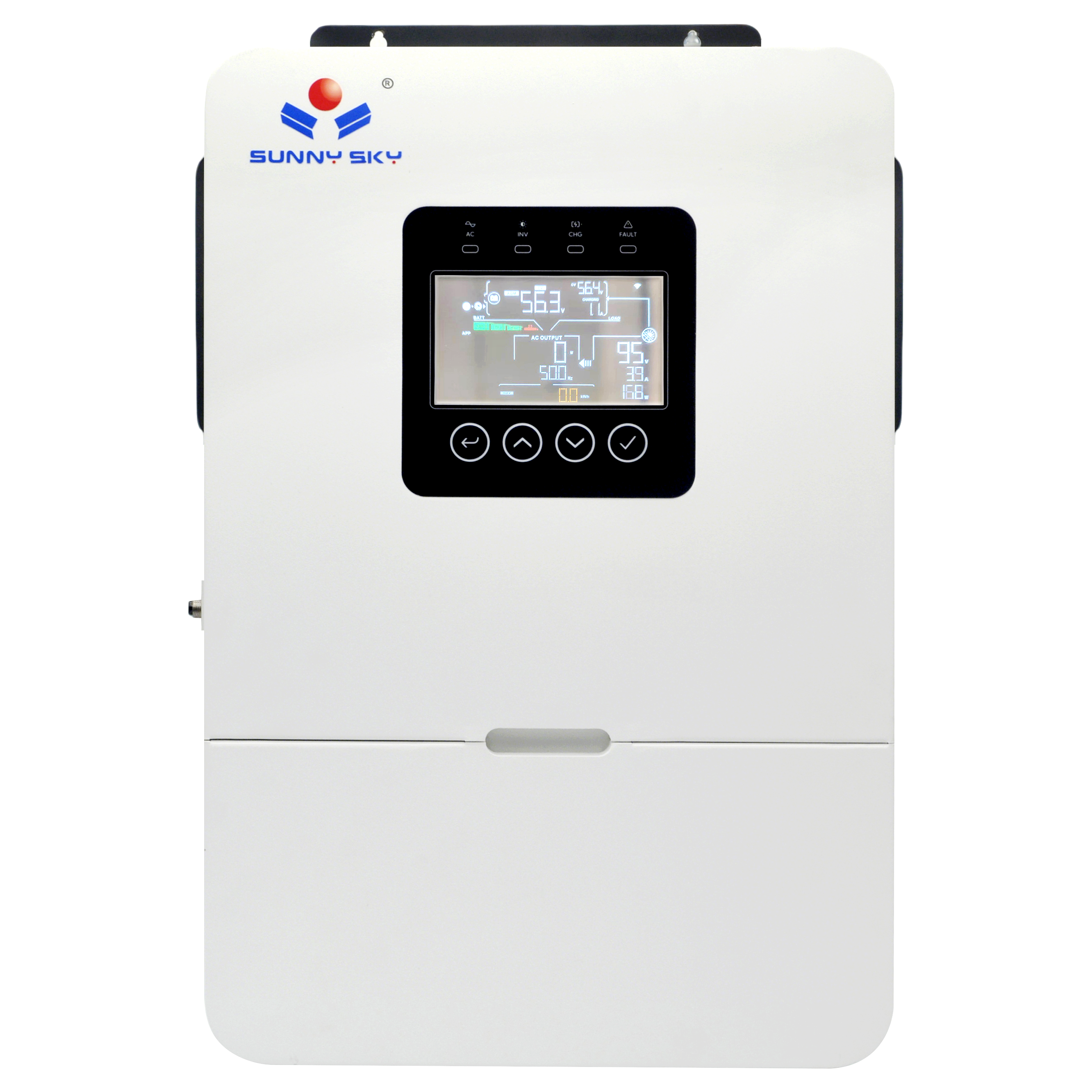The landscape of renewable energy is rapidly evolving, driven by a collective desire for sustainability and energy independence. At the heart of this movement, especially for off-grid and residential solar systems, is the MPPT solar charge controller. This critical component is no longer just a simple regulator; it has become the intelligent brain of solar power systems, and current trends show a clear trajectory towards greater efficiency, intelligence, and adaptability. Understanding these trends is key for anyone looking to invest in or upgrade their solar setup for maximum performance.
The Evolution of Solar Charge Controller Efficiency
One of the most significant trends is the widespread adoption of Maximum Power Point Tracking (MPPT) technology itself. Unlike older PWM (Pulse Width Modulation) controllers, MPPT devices actively analyze the voltage of the solar panel array and adjust it to find the perfect point where the most power can be extracted. This continuous optimization dramatically boosts solar charge controller efficiency, often by as much as 30% in cooler conditions or when battery voltage is low. This trend is a direct response to consumer demand for getting every possible watt from their investment. Modern controllers are now pushing the boundaries, capable of managing substantial power inputs, with advanced models easily handling over 2500 Watts, ensuring that even large panel arrays are utilized to their full potential.
The Trend Towards Smart Solar Charge Controllers
The era of set-and-forget components is over. The current market is dominated by a trend towards smart solar charge controllers that provide users with unprecedented insight and control. Today's users expect real-time data at their fingertips, and manufacturers are responding with devices that feature clear, intuitive digital displays. These interfaces show critical information like input voltage, charging current (with top-tier units accurately tracking up to 50A or more), and daily or cumulative energy harvest. This shift towards data transparency empowers users to monitor their system's health and performance, making it easier to diagnose issues and understand energy consumption patterns. Controllers with user-friendly navigation buttons for menus and settings are becoming the standard, reflecting a larger trend in consumer electronics towards enhanced user experience.
Compatibility and Versatility: Meeting Modern Demands
As energy storage technology advances, so too must the components that manage it. A major trend is the development of charge controllers specifically designed to work with new battery chemistries. Having a dedicated solar charge controller for lithium batteries (like LiFePO4) is now a critical consideration. These advanced controllers have sophisticated, multi-stage charging algorithms tailored to the unique voltage requirements of lithium banks, ensuring their safety and longevity. Furthermore, for more complex or expansive solar arrays, the dual MPPT solar charge controller is gaining popularity. This technology allows a single unit to manage two separate solar panel strings independently, which is ideal for roofs with different orientations or shading, maximizing the harvest from each array.
Navigating the Market: Finding the Best MPPT Solar Controllers
With so many options available, consumers are increasingly relying on detailed information to make informed decisions. Reading solar charge controller reviews has become a standard step in the purchasing process. When searching for the best MPPT solar controllers, current trends indicate that buyers are prioritizing not just raw power but also build quality, the clarity of the display, and the ease of solar charge controller installation. A well-designed controller should integrate smoothly into a setup, providing clear connection points for panels, batteries, and DC loads. The future of solar management lies with these intelligent, efficient, and user-focused devices that act as the true command center for personal power generation.


